A Beginners Guide on How to Pierce Metal by Christine Pearson
This is a good project when learning how to use a piercing saw to cut metal. Practice makes perfect when using a piercing saw, so don’t be too disheartened if you break a few blades when you start. It is important to have the blade in the saw correctly, have a comfortable posture and saw gently without forcing—the saw will do the work!
Product List
Fine Permanent Pen – Posca Pen 0.7 Black
V Shaped Bench Peg With Clamp
Adjustable Saw Frame 6″ Deep
Super Glardon Vallorbe Jewellers Saw Blades Grade 4/0 Bundle Of 10
Beeswax 28g/1oz Block
Sterling Silver Sheet 1.00mm Fully Annealed
Impressart 2 Hole Punch 3.2mm And 4mm
- Choose your design
Choose a simple shape for your design and draw it onto a piece of scrap paper. A design of about 2 or 3cm across is a good size to start with. I drew an irregular freehand shape as its more forgiving if you go wrong. Cut the paper shape out with scissors.
- Mark onto your metal
Position your paper template onto your metal and carefully draw around it onto your silver, using a permanent pen. If you make a mistake gently wipe away the pen with a damp cloth or tissue and redraw your line.
- Put your blade into your saw
Rest the top of your saw against your bench or bench peg. Loosen the top wingnut and insert the blade, check that the teeth in your saw blade are pointing down towards the handle of your saw before you tighten the wingnut. Firmly push the handle of the saw towards the bench peg as you tighten the bottom of the saw blade into the bottom fastening. The blade should make a “ping” sound if you pluck it with your finger nail.
- Position as you saw
Your posture matters. Sit in a comfortable position so you are able to saw without twisting or bending forward too much. You will saw in the V shape gap in your bench peg. Position the metal over the V shape—holding it down firmly with two fingers. Hold the saw vertically and gently stroke the blade downwards against the metal to begin sawing.
- Sawing your shape
Keeping the saw blade vertical saw gently, following your line. Hold the metal down onto your bench peg—KEEP YOUR FINGERS BEHIND THE BLADE! Move the blade up and down without pushing it against the metal. The blade will cut the metal on the down stroke. To cut a curve, slowly move the silver on the bench peg as you saw. Do not force or twist the blade, it will break. Rub a little beeswax onto the blade occasionally to stop it sticking. If you get jammed, or go off your line, gently saw backwards to get back on track.
- Cutting an internal shape
My design has two decorative seedpods cut inside the shape. I drew them onto the silver with the permanent pen then made a hole in each shape – I used a two-hole punch. Undo the bottom wingnut on your piercing saw then thread the sawblade through the hole. Make sure the tension is correct again before you start to saw—if the blade is in too tight or too loose it will snap, remember to test by pinging! When you need to turn a tight corner, saw on the spot by slowly turning the silver as you saw. If you twist the blade while it is in the metal, it will snap – take your time as you saw.
- Finishing your design
I used a half round needle file and 600 and 1000 grit Wet and Dry papers to smooth my silver pendant before polishing on my polishing motor. The silver snake chain and a 5mm jump ring complete the design.
It may not be advisable for some to use your stomach or chest to push the saw frame into the bench peg. As it can cause bruising or injury for someone who isn’t strong. Instead, push the saw handle using your hands.
More about Christine Pearson
Based in my own workshop in Leicester, I am a contemporary Jewellery Designer, working in Enameled Copper and Sterling Silver.
Inspired by nature, and just about anything in the world around me, I create individual pieces of wearable art. I use subtle textures, simple shapes and bold colours.
Vintage lace and metal punches are used to add texture to the silver and copper. I then hand cut the shapes before drilling, filing, soldering and assembling my jewellery, all by hand. My silver jewellery is hallmarked in Sheffield.
My copper jewellery has layers of vitreous Enamel in different colours added, then fired several times, to around 800*.
A bit about me:
Originally trained as a Silversmith and Jeweller, BA (Hons) in Leicester, I worked for several years as a Jewellery Designer for a firm producing jewellery in 9ct gold in Worcester. The firm produced my designs in their thousands using fly-presses and lost wax casting techniques. It was exciting to see my pieces in the large high street jewellery shops.
Recent years found me teaching Resistant Materials in a secondary school and setting up my own workshop back in Leicester. I enjoy having the freedom to express my own ideas and create my own work. I work mainly in silver and copper and recently have become absorbed and fascinated by enamelling. I love the way you can combine the enamel colours in an individual and creative way.
I also make jewellery for individual commissions and teach enamelling and silversmithing workshops to small groups.
Which metal piercing tips would you add?
The post A Beginners Guide on How to Pierce Metal by Christine Pearson appeared first on The Bench.
source https://www.cooksongold.com/blog/jewellery-making-projects/a-beginners-guide-on-how-to-pierce-metal-by-christine-pearson
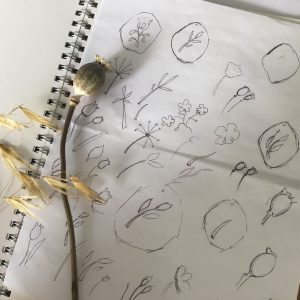
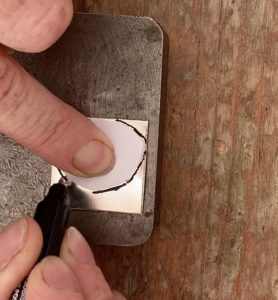
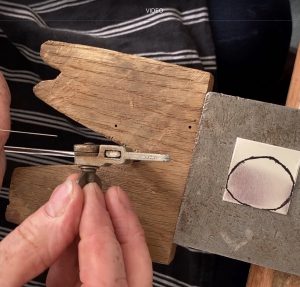
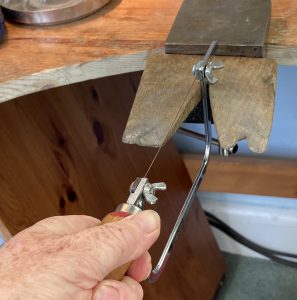
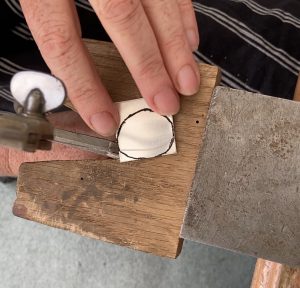
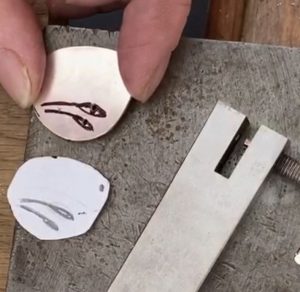
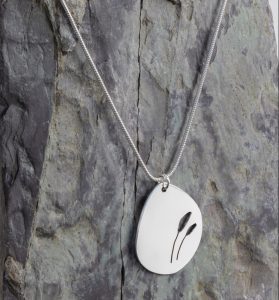
Comments
Post a Comment